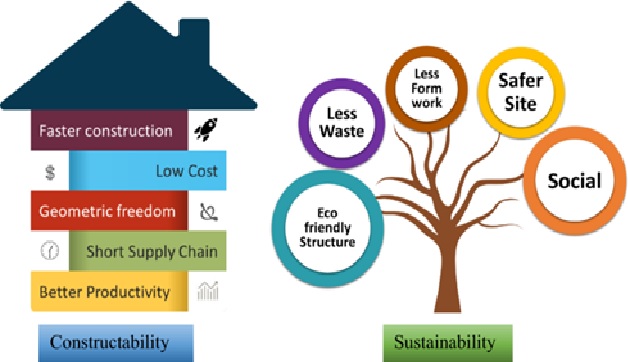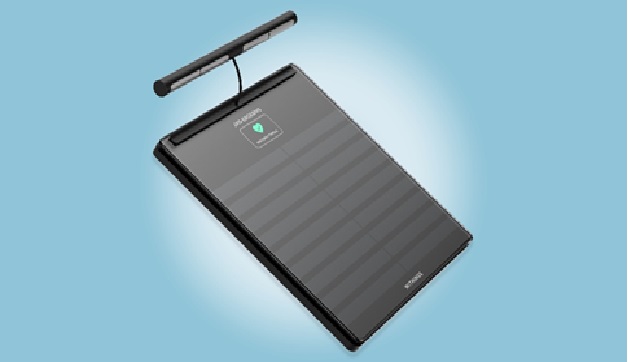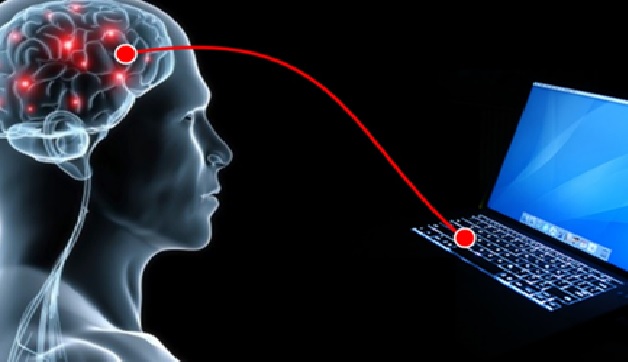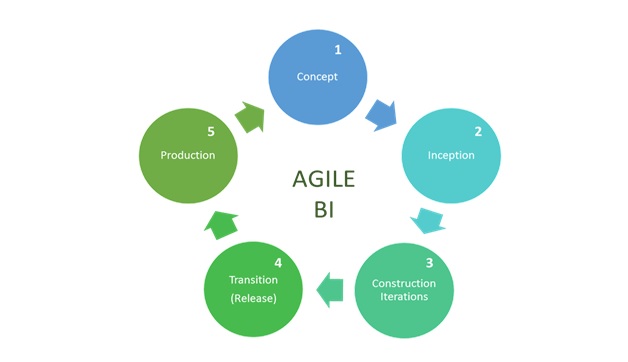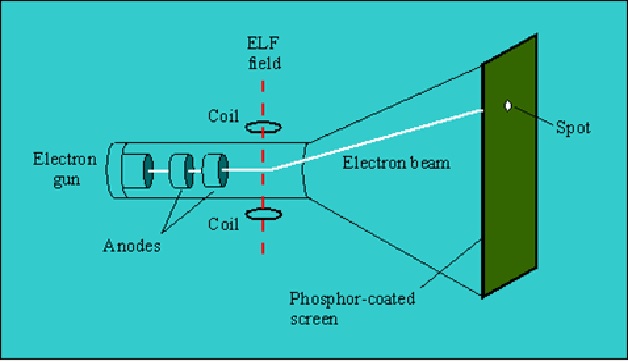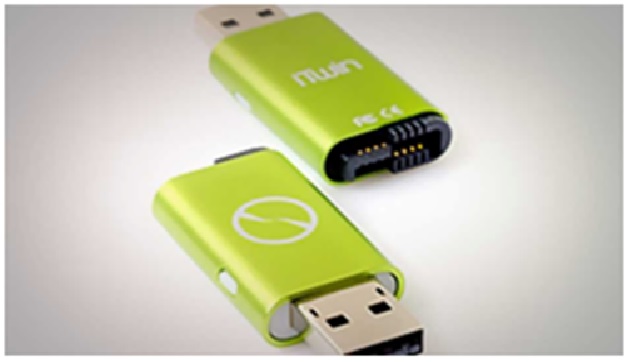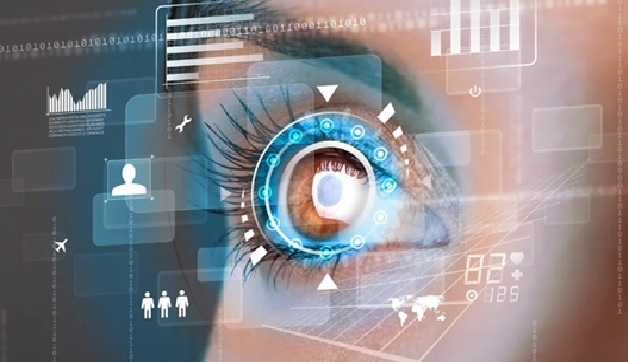A Sources of Haptic Technology
Haptic technology, or haptics, is a tactile feedback technology which takes advantage of the sense of touch by applying [1] forces, vibrations, or motions to the user. This mechanical stimulation can be used to assist in the creation of virtual objects in a computer simulation, to control such virtual objects, and to enhance the remote figure1 shows below control of machines and devices. It has been described as "doing for the sense of touch what computer graphics does for vision".
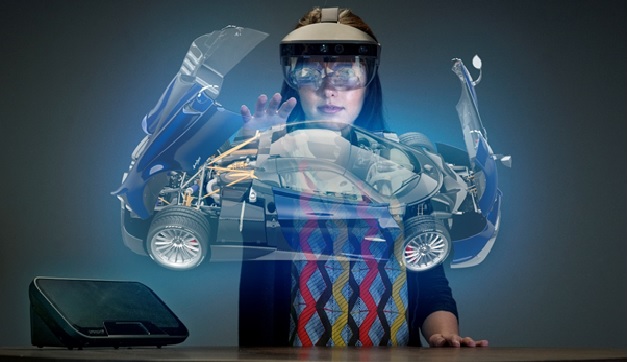
Figure 1. Haptic Technology
Haptic devices may incorporate tactile sensors that measure forces exerted by the user on the interface. Haptic technology has made it possible to investigate how the human sense of touch works by allowing the creation of carefully controlled haptic virtual objects.
Haptics is often used interchangeably with the terms haptic technology (the specific technologies that [2] simulate tactile sensations) and haptic feedback (the way touch is used to communicate with users).
However, while the terms are closely related, they are not exactly the same. Haptics is actually a broader category that encompasses both haptic technology and haptic feedback, together with the physiology and neuroscience of touch.
The definition of “haptics” in science and technology though, is more precise. It relates to the use of tactile sensations in interfaces. Haptics is the science and technology of transmitting and understanding information through the sense of touch.
Haptic technologies provide a way of recreating the sense of touch by applying a series of forces, vibrations and motions to the person using [3] the haptic technology. It is also known as kinaesthetic communication. Haptic technologies can also be used alongside other sensory mechanisms to give the user a more realistic experience. Because it is a sensory technology, haptics work alongside sensors which can detect the environment that the technology is being operated in, be it in a game, virtual reality, an automobile or remote device, and provide an appropriate (and detectable) response.
As well as generating a response via vibration, haptic technologies also possess a force feedback loop that manipulates the movement of the user beyond that of a basic vibration. The choice of which haptic technology to use often comes down to a combination of the desired response, the cost and the space available to incorporate the haptic unit.
The Future of Haptic Technology
While haptic technology has been around for decades, the past few years have seen tremendous growth in the sector. The global haptic [4] technology market is estimated to grow at a compounded growth rate of 12% by 2026.
It’s no longer a video game gimmick. As new advancements and applications become widely available, businesses should explore ways to implement this technology in their operations, marketing, and consumer experiences.
When you embrace this innovative technology, you can offer users an enhanced experience that makes them feel more connected to your products and brand.
Ready to explore haptic technology Join MassChallenge to find innovative partners and new talent to tap into the potential of this growing trend.
References:
- https://www.definitions.net/definition/haptic+technology#:~:text=Here%20are%20all%20the%20possible%20meanings%20and%20translations, applying%20forces%2C%20vibrations%2C%20or%20motions%20to%20the%20user.
- https://www.ultraleap.com/company/news/blog/what-is-haptics/
- https://www.azosensors.com/article.aspx?ArticleID=1435
- https://masschallenge.org/article/haptic-technology
Cite this article:
Nandhinidwaraka.S (2021) A Sources of Haptic Technology, AnaTechMaz, pp. 31


